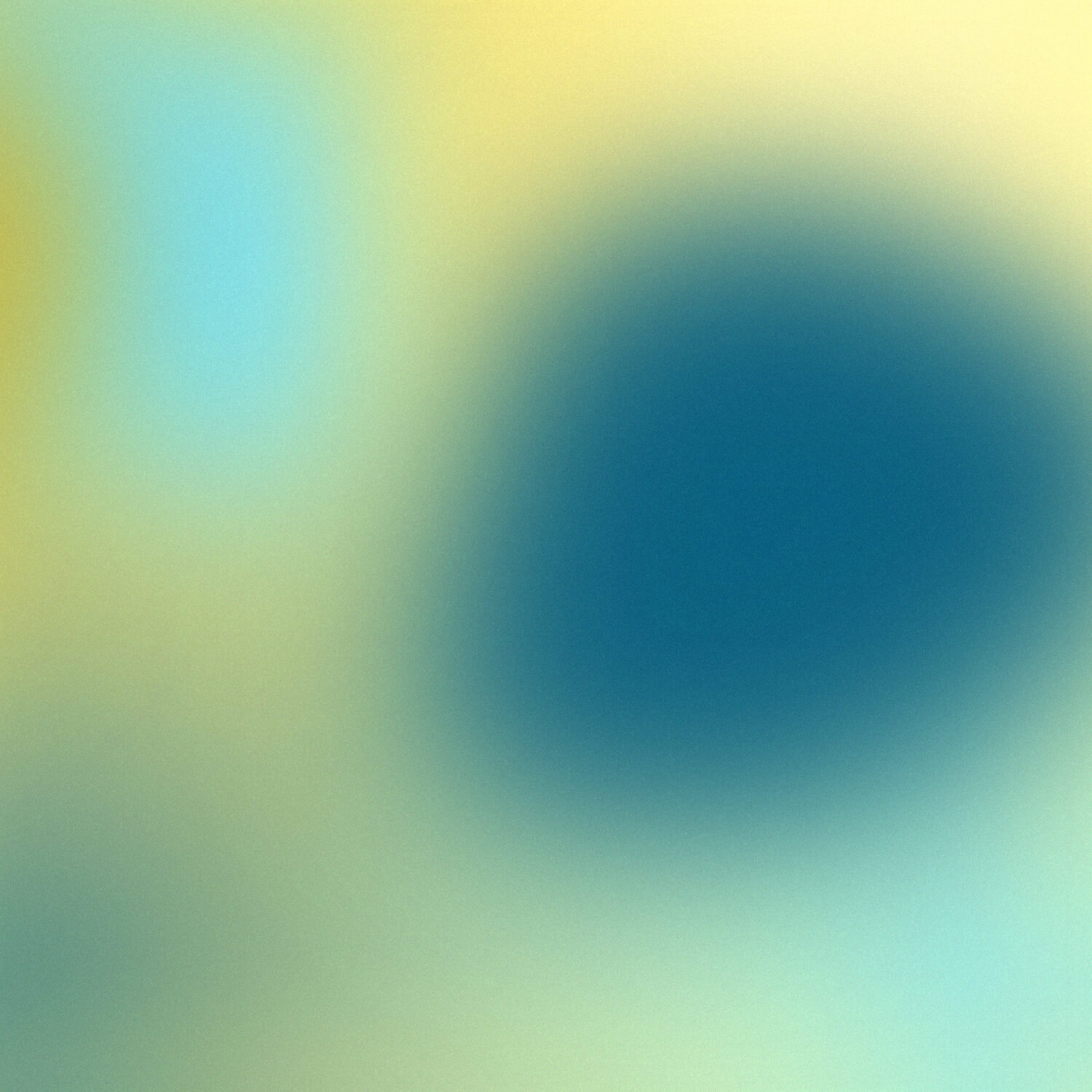Cycled Phototherapy is a study for extremely premature babies, born before 27 weeks or weighing less than 750 grams, to check if a new way of using light therapy called cycled phototherapy (PT) helps them survive better than the usual continuous phototherapy. Babies in the study will be randomly chosen to get either the cycled or the continuous PT. Cycled PT means the light is turned on and off in cycles, while continuous PT means the light stays on all the time. The study will measure if cycled PT is safer for these babies by reducing risks like skin and DNA damage that can happen with too much light exposure.
To be part of the study, babies must be born in a participating hospital, weigh less than 750 grams, be less than 27 weeks old, and be between 12 to 36 hours old. Babies who had earlier phototherapy or have certain health issues cannot join.
- This study is for babies less than 27 weeks old or under 750 grams.
- Babies will be randomly assigned to different types of phototherapy.
- The study tries to see if cycled PT is safer and more effective.

